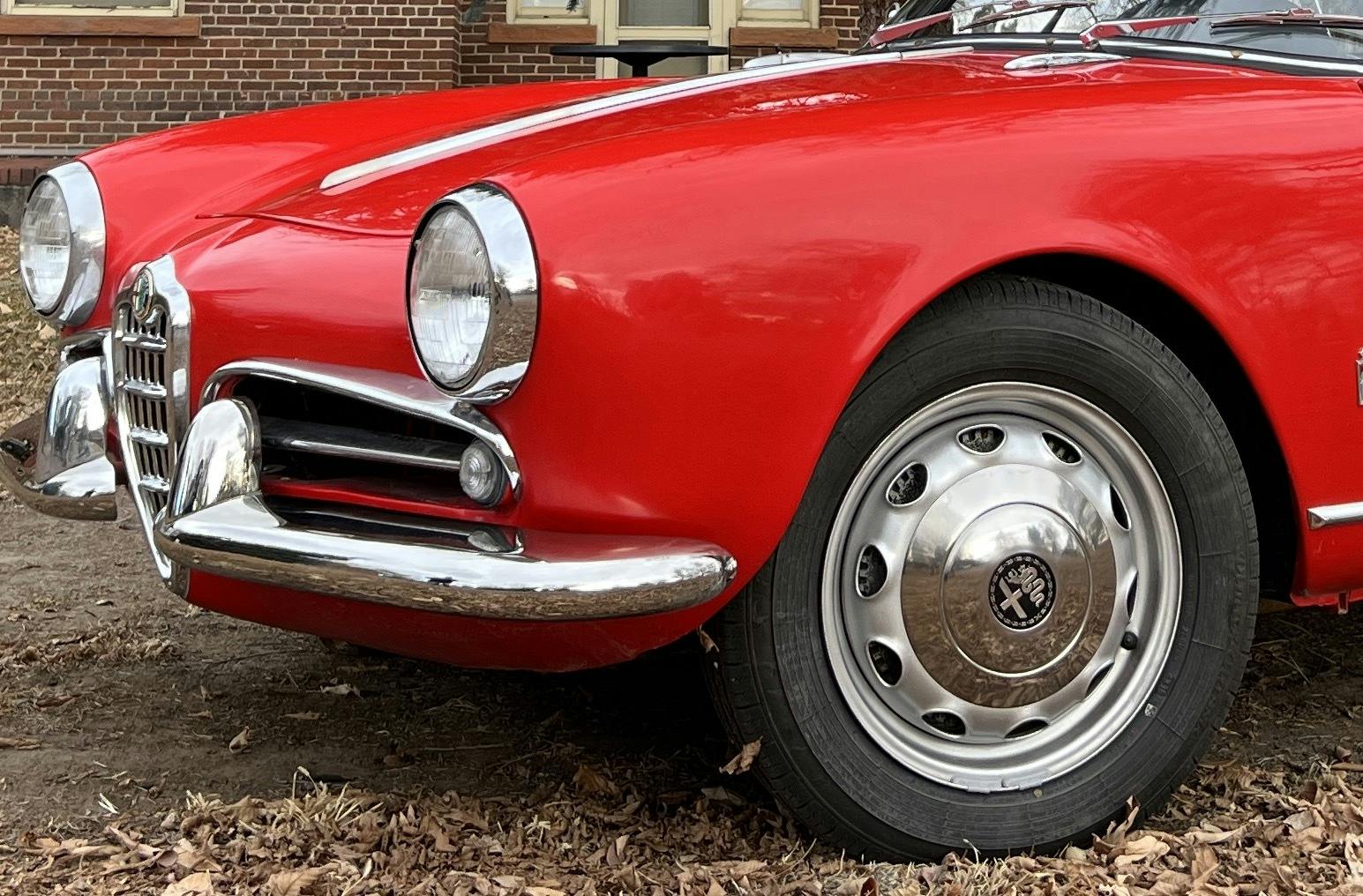Having set out how to make a workspace as cosy as possible with a ceiling, hole blockage and general weather exclusion, what are the most effective, and cost-effective, ways to heat a garage?
I don’t like propane burners because they make loads of moisture. That’s bad practice in a garage anyway and you use more energy running a dehumidifier than you would to run a dry heater.

Diesel heaters designed for RVs and truck cabs on the other hand, vent exhaust to the outside and produce dry heat inside. A quick online search reveals that a 12-volt, 5kW diesel heater costs under £100 and about £1.16 an hour to run compared to around £1.68 per hour using a convector heater of equivalent power. That will vary depending on your local tariffs obviously but the message is for now at least, diesel heaters could be cost effective. They are likely to warm a place up fast too, ideal for a space that may be only getting used for a couple of hours in the evening. Oiled filled electric radiators are another alternative and said to be more efficient than convectors.
A more expensive option for a bigger more permanent space, is a wall or portable air conditioner inverter which is basically an air conditioner, heater and dehumidifier all in one. These are basically air heat pumps and the advantage is they generate more kilowatts of thermal energy than the electrical energy they consume from the grid.
A unit generating around 2.3kW of heat costs about £700, heats a 30m2 room and removes humidity at the rate of 24 litres per day but consumes only 0.75kW. On my tariff that’s around 25p per hour, or about 50p less than using equivalent convector heaters. Another advantage of a portable air conditioner inverter is that the typical domestic, portable air conditioner can consume around 328W of electrical energy so it’s more efficient if one machine is doing two jobs in one.
My garage/workshop measures 9m x 6m internally and I’m still considering how to heat it. I’m fiddling around with solar panels, a small wind turbine and batteries, but my first, much cheaper, project is to build solar collectors from a couple of old glass doors I’ve got. These work a bit like small greenhouses which trap the solar radiation, pass air through heat exchangers (fly screen material or tubes made of coke cans) and push it out through the other end as free dry heat. The entire inside of the collector including the heat exchangers is painted matt black to soak up any solar radiation going.
If the idea works, I’ll mount them against an outer wall, facing as near south as possible, and pipe inlet air from inside the garage at floor level, then pass it back inside again at higher level. Any contribution they make would reduce the cost of electrical heating and because they are left ‘on’ all the time, can raise the temperature of a room and everything in it even when it’s not being used.
Heating the interior of a garage-workshop when you’re not in it (as long as it’s free) may sound daft, but is it? I once lived in a very old stone-built house house which never had any heating beyond open fires. It was derelict when we moved in so we lit the fires and got a couple of electric heaters going. When we did that, condensation began forming on the walls because they were so cold, like giant heat sinks in reverse.
It took a long time before the place became habitable and it’s a similar thing with the cars and the interior of the workshop. When all the metal and materials become cold soaked and the air temperature rises, condensation forms on surfaces including everything from tools to vinyl seats. I’m hoping that if I can use free solar radiation to raise the temperature inside the workshop every time it’s available, then it may make a difference. Keeping the fabric of a building warmer for longer, even by a few degrees, should in theory turn it into a sort of thermal battery. When the sun is shining, I’m hoping the collectors might might even make the place cosy too, but I’ll let you know how that goes.
If you’ve got experience of this, good or bad, then please share away in the Comments, below.
Read more
Socket Set: Make your workshop winter-proof
4 critical steps for winter storage prep
Letting your classic car sit is a recipe for disaster. I got lucky








